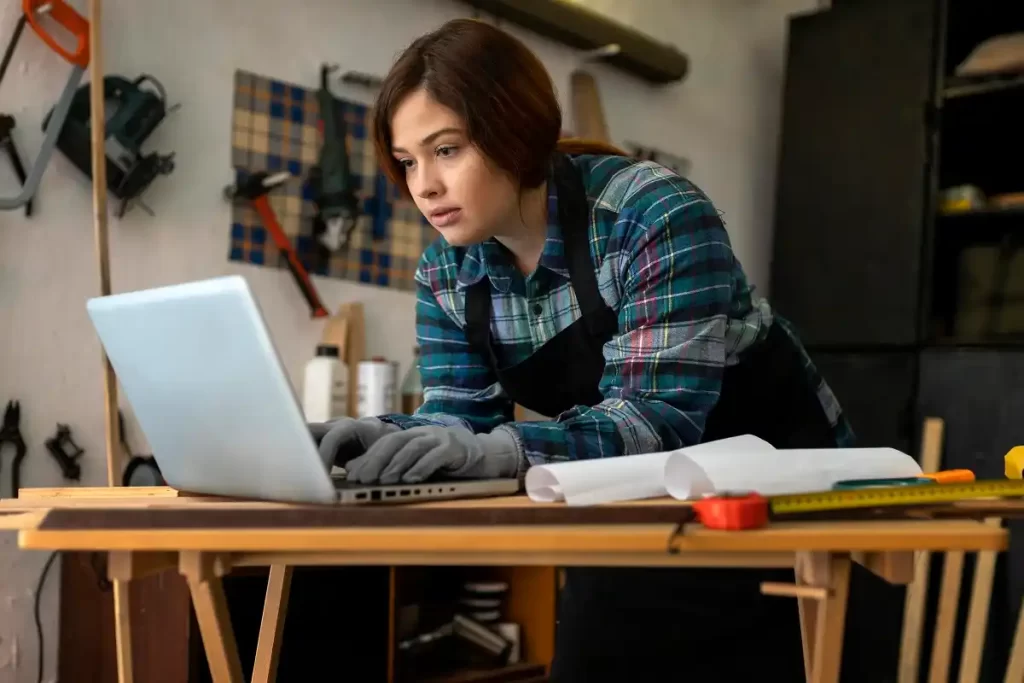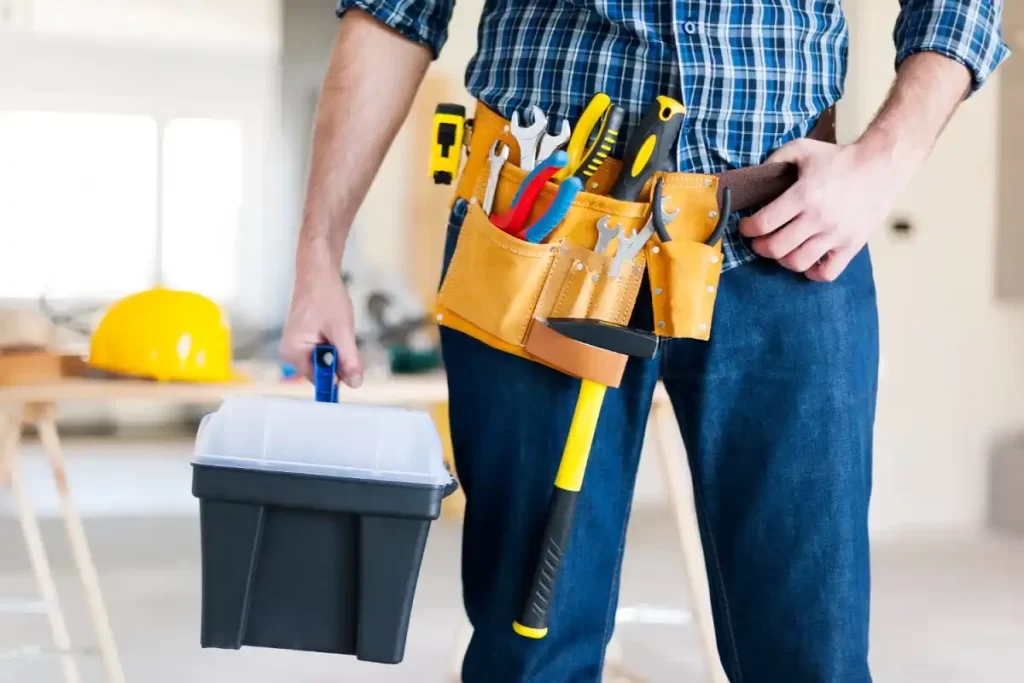It’s not necessary to be a home improvement expert or the go-to person for every household fix. But with some basic steps, you can acquire new abilities, possibly save money on repairs, and feel proud of what you’ve accomplished.
Most of the usual tools you’ll need are probably already in your toolbox: a hammer, a drill, screwdriver bits, a level, different types of screwdrivers, a measuring tape, pliers, and hex keys. As you tackle more DIY tasks, you’ll gather more tools.
The best part?
You don’t need to break the bank.
Hold off on buying fancy power tools until you’re more comfortable with DIY. Opt for mid-priced tools instead of the cheapest or priciest ones. For tools you lack and might use only once, think about renting.
Many stores offer tool rentals at varying prices, or there are tool-lending libraries that might let you borrow for free. If borrowing from a friend, remember to replace anything you damage.
Begin with Easy Tasks
Some avoid DIY because it looks daunting. If you’re new, start small. Try painting a room, putting up wallpaper, or sealing around a bathtub. These often-neglected tasks can teach you how to use tools and boost your confidence.
Painting is a great starter project. Remember to remove protective tape right after painting to avoid peeling off fresh paint. The trick is to be slow and careful.
For guidance, online platforms like YouTube are packed with free tutorials. There are online communities too, where DIY enthusiasts share both their triumphs and failures.
Choosing the Right Paint Shade
If your paint choice isn’t what you envisioned, just repaint. Don’t make big color choices based on tiny samples. Get a bigger sample, paint a section, and see how it looks in different lights throughout the day.
Easy DIY Projects for Beginners
For advice, your neighborhood hardware store is invaluable. Most employees there have worked for years and are keen to help. If you’re unsure about something, show them photos or bring the broken part for recommendations.
Don’t let asking for help make you feel inadequate. Everyone starts somewhere.
Learning from Professionals
Check out workshops at local shops or big retail stores. They often offer classes, from basic carpentry to more advanced projects. If you can’t find local classes, there are online courses available too.
Join woodworking groups or clubs to learn from experienced members.
Starting early in a project and pacing yourself are key. If you make a mistake, it might be best to hire a professional. Don’t be afraid to ask them where you went wrong, so you’ll be better prepared next time.
When i registered for a Free Woodworking Class, I was nervous at start. But everything changed when I used a table saw. Using it made me feel confident. I was eager to learn more and try other tools.
In the end, DIY brings a unique satisfaction. When you create something with your own hands, there’s a special pride that comes with it. Every time you see it, you’ll remember your achievement.


